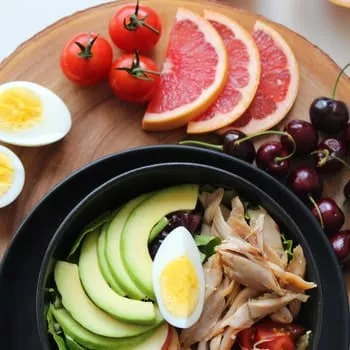How It Works
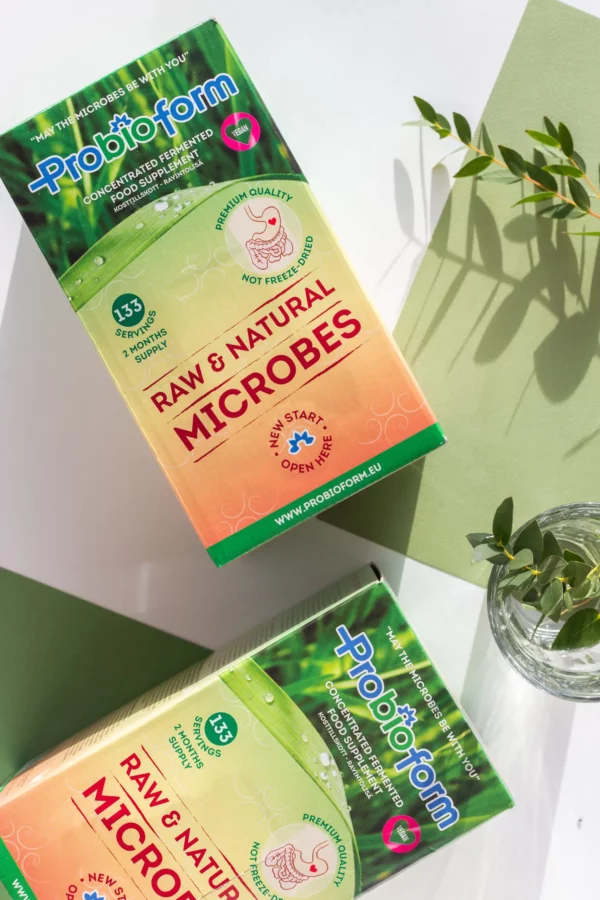
Learn exactly how probioform works to benefit you..
There are about 1,000 different species of known bacteria within the normal human digestive tract, with a combined three million genes. And, of these, there are at least 400 different types of healthy microbes, wild yeast and beneficial acids. These healthy microorganisms have always been provided by nature as part of our food — this is why it is beneficial to eat wild berries, vegetables, freshly picked fruits and fermented foods.
But the modern diet has changed the types of microbes we ingest, often leading to an imbalance between healthy bacteria and bad bacteria. Probioform restores that balance.
Probioform: Microbes as nature once delivered
Probioform provides a high content of healthy microbes, wild yeast and beneficial acids designed to prevent and reduce the growth of harmful bacteria, which leads to the promotion of a healthy digestive system.
Probioform is a natural, effective solution — just like you’d find in nature. Used properly, it helps you establish the correct digestive environment.
A living liquid solution, Probioform amazingly maintains the balance of microbiota in the human gastrointestinal tract and provides maximum health benefits. But before understanding the individual and specialty benefits of Probioform, you need to get familiar with the concept of probiotics in general.
Welcome to the world of microbes
Microbes make life possible through symbiotic interaction — they are simply all around us at all times. These single-celled, microscopic organisms (such as fungi and bacteria) are often associated with dust and disease, but the reality is quite different.
Most of the microbes are actually beneficial. They keep nature clean by decomposing dead plants and animals into organic matter. They increase wastewater treatment efficiency in aquaculture to optimize the quality of water. They even aid farmers, helping them increase crop yield, protect crops, and improve the health, growth and feed utilization of livestock, and so much more.


The advent of probiotics
In the early 1900s, the concept of consuming healthy microbes in a daily diet was first highlighted. “Probiotics” is a relatively new term — a combination of one Latin word and one Greek word that, together, means “for life.” And as the decades have gone by, more and more research has shown promising results regarding the health benefits of probiotics.
Today, probiotics are commercially available in a variety of foods and supplements. So let’s get familiar with some common species of probiotics.
Common species of probiotics
There are also subtypes of genetic species that make up actual probiotic strains. Each of these strains produces a different effect on the body. The following common probiotic strains are present in many food and supplement labels:
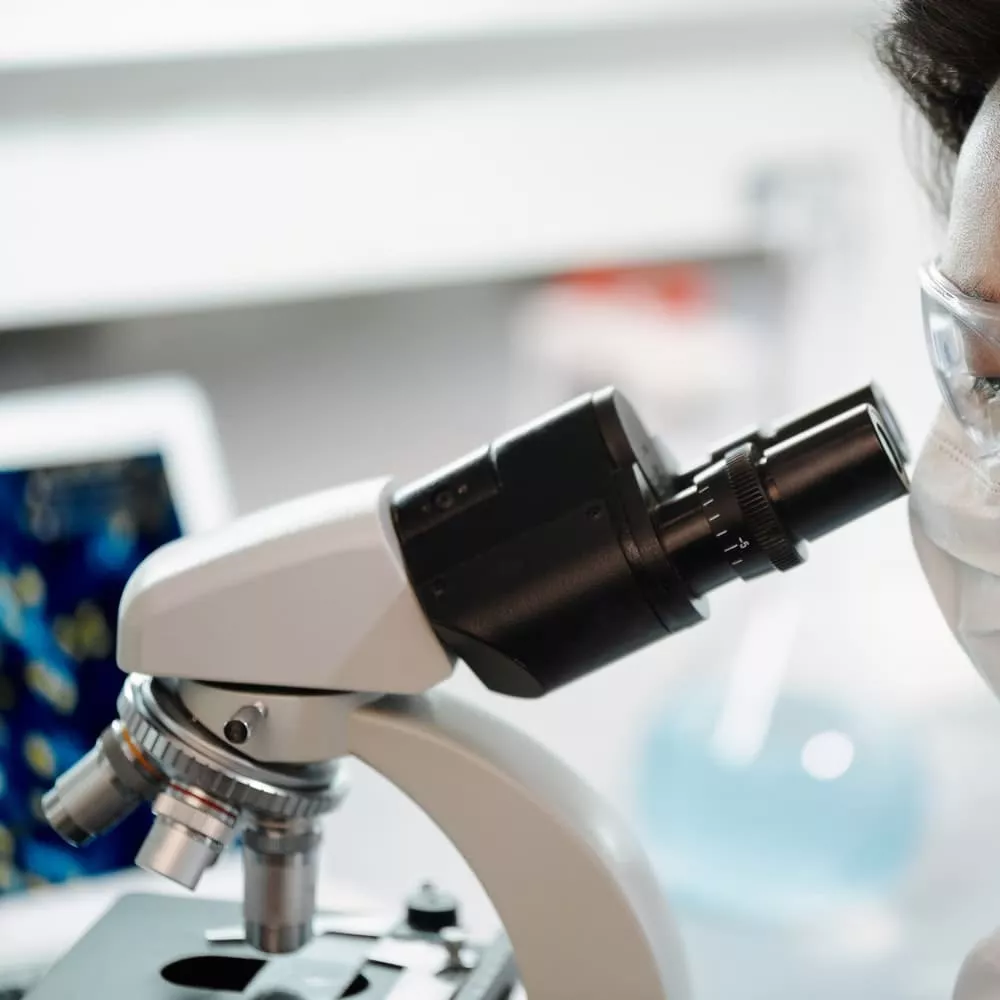
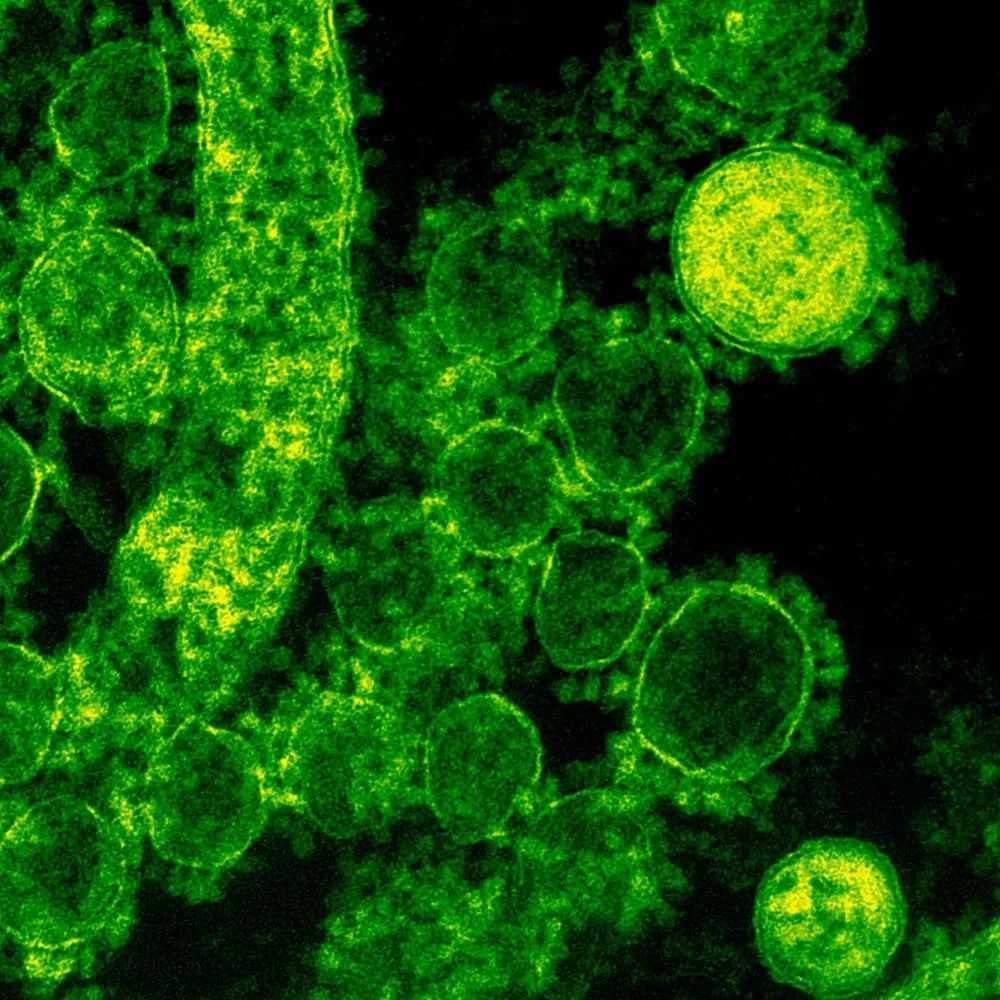
Claim your free fermentation guide.
To claim your free fermentation guide, simply enter your email address in the space provided. Learn how to make more than 20 healthy and delicious recipes like milk-free yogurt, sauerkraut, kimchi and many more!
Common species of probiotics
Just like fingerprints, a person’s mix of bacteria is unique from others. An individual’s bowels host approximately 100 trillion microorganisms, but stress and illness can change the bacterial balance and create many problems, including digestive issues.
Probiotics work to change the metabolic activity of already-present bacteria, as well as the composition of gut bacteria. Probiotics increase the number of good bacteria that surround bad bacteria, crowing them in your intestine and preventing them from causing inflammation or infection by keeping the bad bacteria from multiplying.
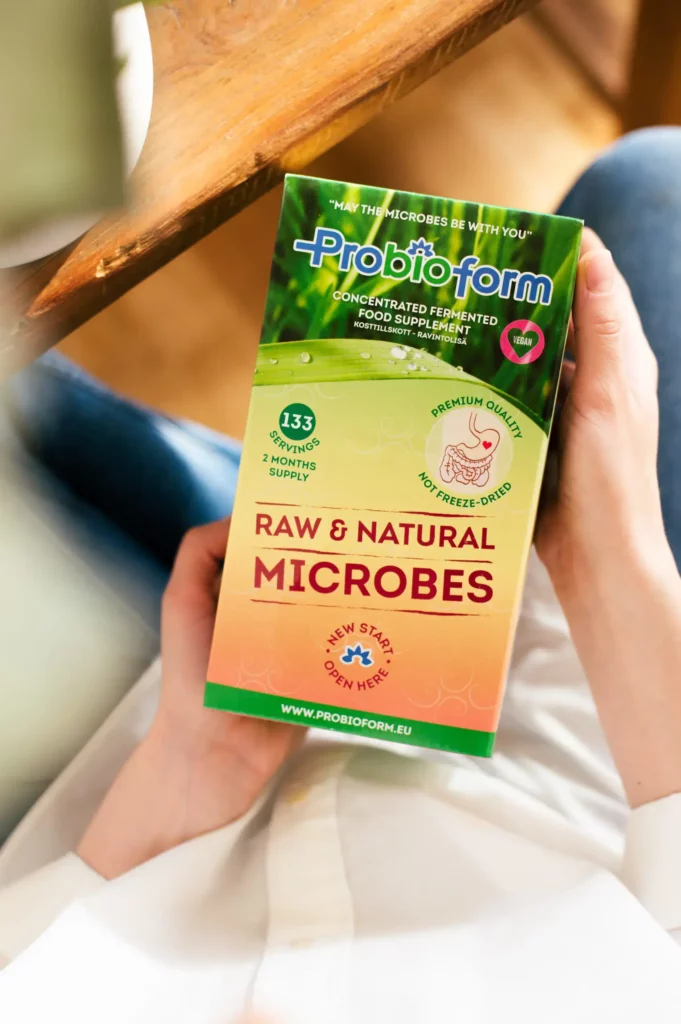

The particular strains of probiotics benefit humans in several ways:
- Aid in digestion
- Ease various vaginal infections
- Prevent diarrhea
- Improve skin health
- Fend off urinary infections
- Prevent autoimmune diseases
Probiotics enhance your body’s ability to extract nutrients from food, as well as help you digest food completely. Probiotics can also produce some proteins or enzymes to inhibit or even kill the bad bacteria. There are even some bacteria that are important for the production of vitamins.
Another major benefit of probiotics can be experienced when you use antibiotics to help prevent certain ailments. Antibiotics are helpful for getting well, but they kill off good bacteria, which in turn creates an unbalance of microbial colonization in the intestine. With a probiotic, you can maintain and restore the microbiota balance lost due to antibiotics.
What makes a probiotic “good”?
- Live culture quality: A culture that shows proof of effectiveness.
- Survival possibilities: It is essential for probiotics to survive the trip to your gut via bile and stomach acid.
- Storage needs: The effectiveness of probiotic supplements is also determined by the environment in which it is stored.
- Composition: It is also important to check the fillers and binders added to probiotics. Good probiotics avoid fillers and binders to preserve nature.
- Taken as directed: Always make sure you follow the directions and take a proper dosage to maximize the benefits.
- Probiotics enhance your body’s ability to extract nutrients from food, as well as help you digest food completely. Probiotics can also produce some proteins or enzymes to inhibit or even kill the bad bacteria. There are even some bacteria that are important for the production of vitamins.
Another major benefit of probiotics can be experienced when you use antibiotics to help prevent certain ailments. Antibiotics are helpful for getting well, but they kill off good bacteria, which in turn creates an unbalance of microbial colonization in the intestine. With a probiotic, you can maintain and restore the microbiota balance lost due to antibiotics.
Probioform meets those standards
Probioform, is a probiotic supplement that simply follows all the stands of nature to keep its quality extremely high. Our supplement is synthesized for all age groups with no added fillers and preservatives to sustain its purity and individuality.
Live culture quality
Most probiotic supplements on the market freeze-dry their product to preserve the culture bacteria. This is an unnatural way of preserving microbiota, and it’s why the chances their bacteria will survive is reduced.
Probioform does not contain “pure culture” like other probiotic supplements — it allows bacteria to grow naturally. This provides stability to the live culture and makes it far more likely to survive the being ingested.
Probioform is produced with the process of fermentation — a natural process for the colonization of bacteria where natural acids easily synthesize. Our product keeps all these natural acids inside to provide a favorable environment for the bacteria, allowing them to grow better and stronger and enabling them to complete their journey from mouth to gut colonization. This acidic medium ensures the availability of live culture, and users get the satisfaction of buying a product that actually works.


Survival possibilities
Probioform’s naturally produced acids provide a pH of 3.7 to its bacteria. This natural pH is required for the growth and colonization of bacteria. The human digestive system has a pH of 2.4, which is more acidic that natural acids, but this minimum difference in pH is what secures the survival of our microbes.
Many probiotic supplements have a pure culture in which a single strain exists. This artificial growth process reduces the efficiency of pure cultured bacteria, making them less resilient. But Probioform uses a co-growth process, which allows bacterial strains to interact with each other, enabling us to grow more resilient and stable strains.
Storage needs
Probioform is a stable probiotic supplement where the acidic environment of the bacterial culture allows the production of stable microbes. That is why you can store Probioform at room temperature, rather than in a refrigerator. Plus, the natural byproducts synthesized by the bacteria also enhance the benefits of using Probioform — these byproducts mainly include enzymes, vitamins K and B, and antioxidants.

How Probioform works, in summary
One hundred percent natural Probioform is in the liquid state, and when a living probiotic liquid is consumed, it is delivered straight to the lower intestine. Our carefully maintained pH level enables the live bacteria to survive in the more acidic environment of the stomach, and it enhances the possibility of friendly microbes to reach the lower intestine alive, allowing these microbes to start working in just 15 minutes. Daily consumption is necessary to achieve the best results.
Many probiotic supplements have a pure culture in which a single strain exists. This artificial growth process reduces the efficiency of pure cultured bacteria, making them less resilient. But Probioform uses a co-growth process, which allows bacterial strains to interact with each other, enabling us to grow more resilient and stable strains.
Storage needs
Probioform is a stable probiotic supplement where the acidic environment of the bacterial culture allows the production of stable microbes. That is why you can store Probioform at room temperature, rather than in a refrigerator. Plus, the natural byproducts synthesized by the bacteria also enhance the benefits of using Probioform — these byproducts mainly include enzymes, vitamins K and B, and antioxidants.
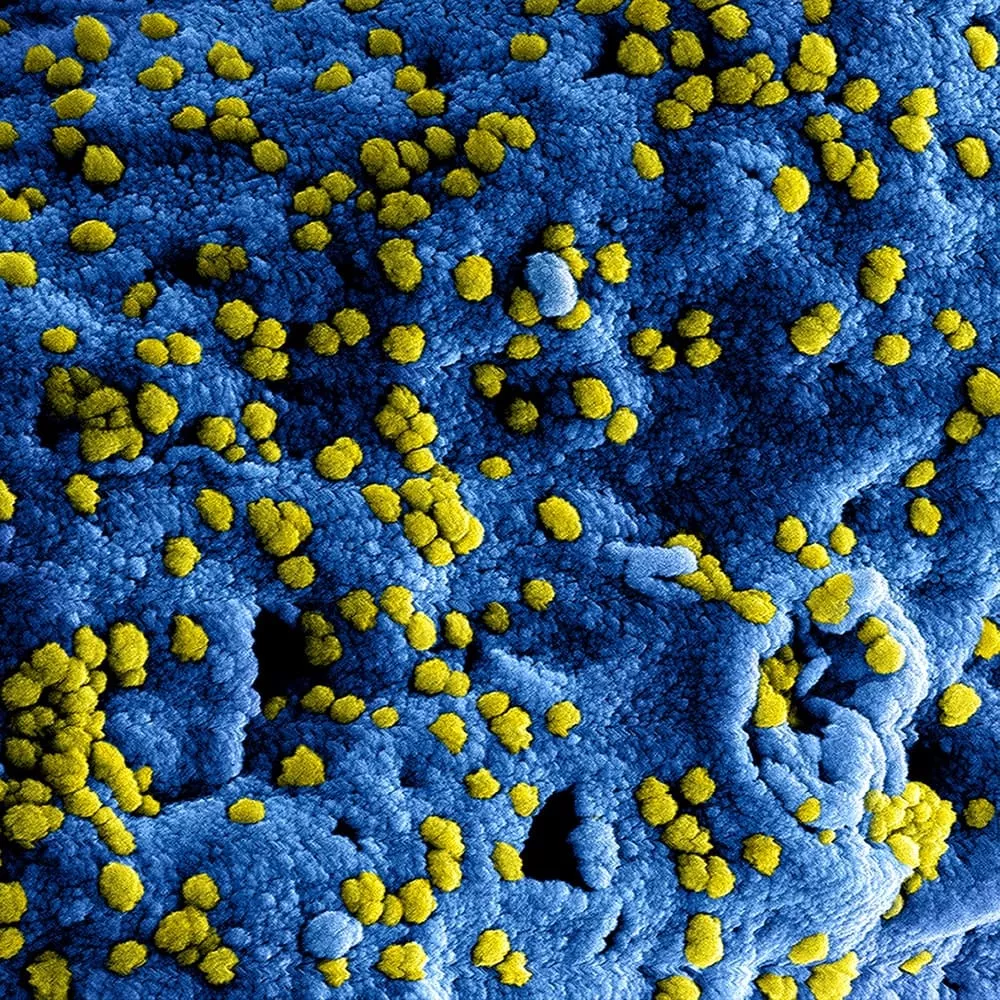
Our gallery
Explore more about Probioform

Why Do We Need It
Today’s food is produced in an unnatural way, relying on chemicals, pesticides, and artificial fertilizers. The result: little-to-no natural lactic acid bacteria is left on the food we eat. With a daily probiotic, you can replenish your microbiome with the good bacteria your diet is leaving behind.

Why Use Probiotics
Think of probiotics as friendly littler helpers. They enable our digestive functions to work smoothly, give us more energy and promote more regular bowel movements.
Probiotics work to crowd out bad bacteria while boosting our immune systems. And Probioform does this better than the rest.

Cascade Fermantation
A state-of-the-art probiotic requires a state-of-the-art production process, which is why Probioform uses cascade fermentation. This advanced process enables us to achieve the right pH level (3.7).







